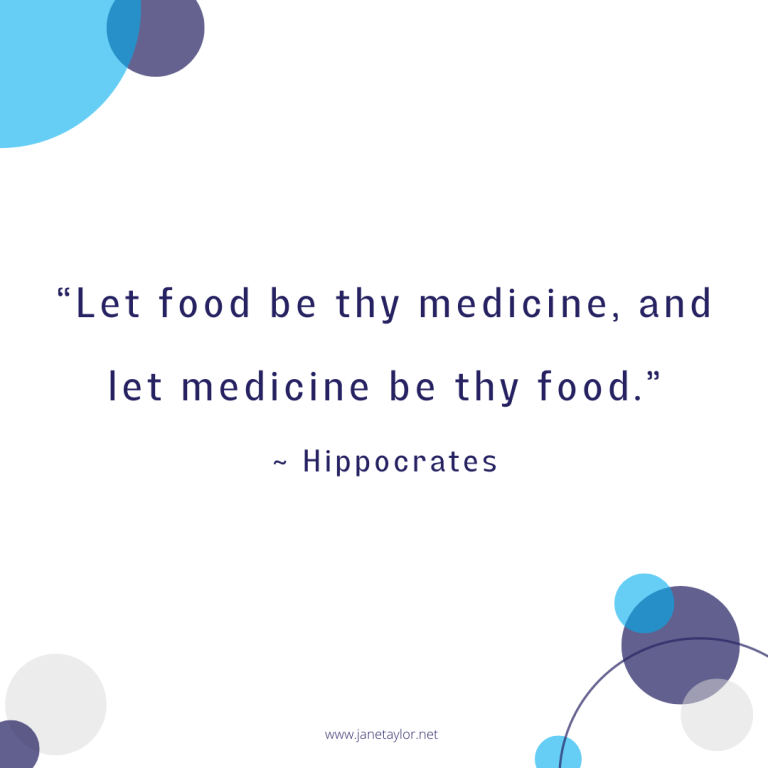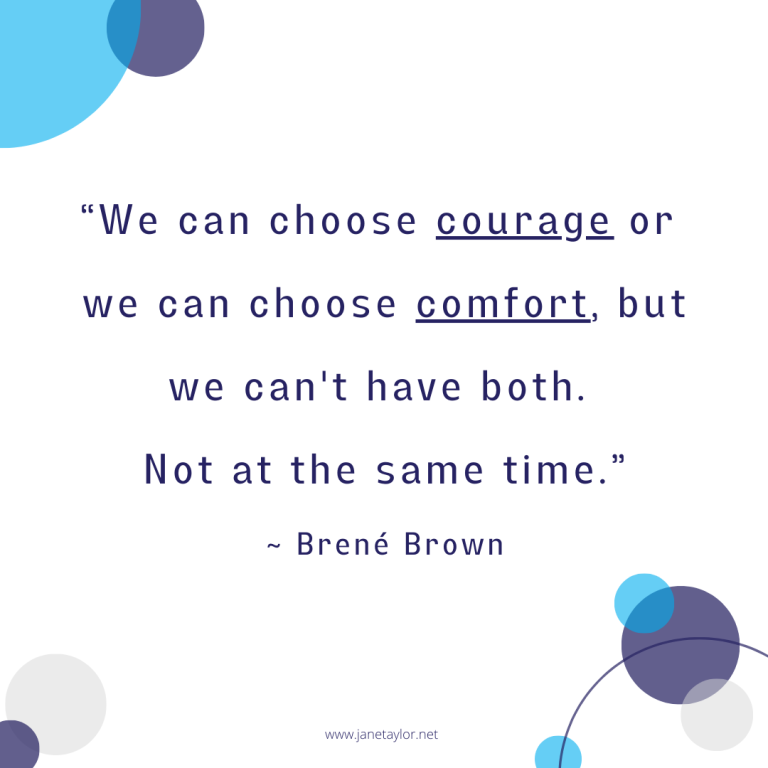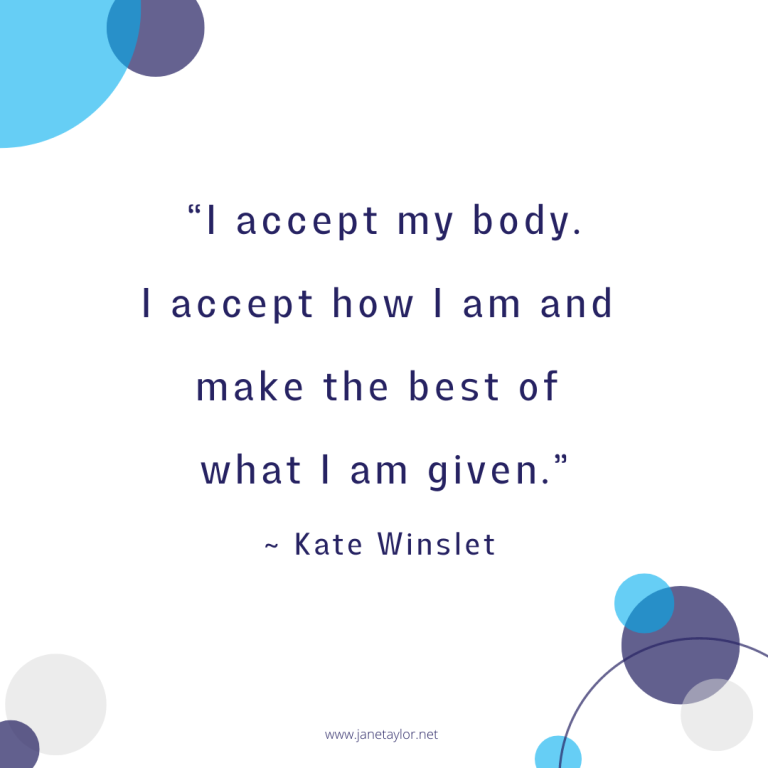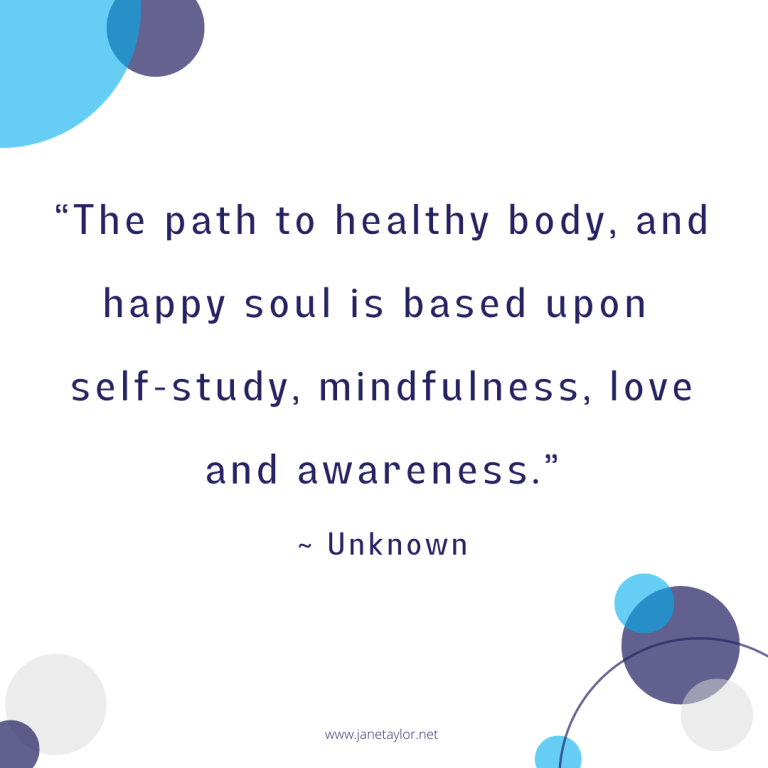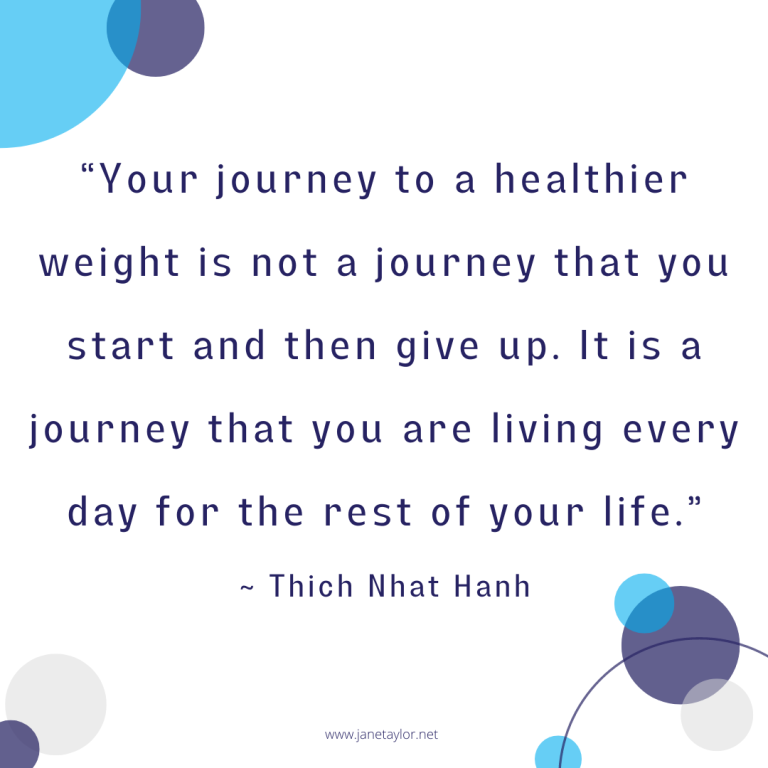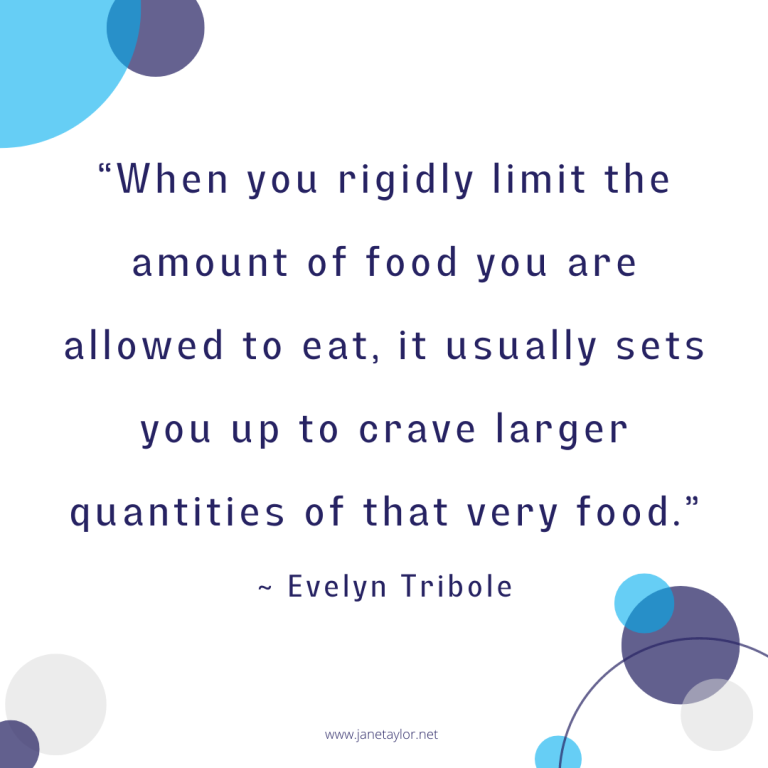Health / Body / Movement
Recently a few people have asked for a few of my favourite snack recipes. So to make it simple, I have created a few videos to show you. Also, if you like smoothies, I have a few of my faves here. Some of My Favourite Snack Recipes 1. My Açai Bowl This is my simple…
Read MoreA number of people have been asking me about my favourite smoothie recipes lately, so I thought I would create a post here to keep them together as I have shared a few on social media lately. Some of My Favourite Smoothie Recipes… Following are some of my favourite smoothie recipes. More will be added…
Read MoreIt Is Only When We Have the Courage… One of my favourite quotes from the I-Ching is – “It is only when we have the courage to face things exactly as they are, without any self-deception or illusion, that a light will develop out of events, by which the path to success may be recognized.”…
Read MoreDon’t you love the adventure of life? On 11/8/19, I broke my toe on the side of my bed (yes I coughed and walked in the dark at the same time – I learnt my lesson 🙂 ). Since I broke it, I have learnt to have a greater acceptance and appreciation of my body…
Read MoreThere are a number of different eating styles or personalities. Eating mindfully and intuitively is the intention of eating or “normal” (not perfect) way of eating, however many of us don’t start out there. Following is a guide to find out what kind of eater you currently are, so you can start your adventure of eating more…
Read MoreYou might be familiar with the term “mindfulness“, however are you aware of how mindfulness relates to eating? The Center for Mindful Eating (TCME) has created principles to guide people who are interested in mindful eating. What is Mindful Eating? Mindful eating is – Someone Who Eats Mindfully – Why Mindful Eating? Why are people…
Read MoreWhat is Intuitive Eating? Intuitive Eating is a non-diet approach to nutrition and wellness that helps people start to trust their body wisdom and its signals, break the cycle of dieting and change your relationship with food (and maybe their life). According to Tribole and Resch, the authors of Intuitive Eating, an intuitive eater is defined as…
Read More
